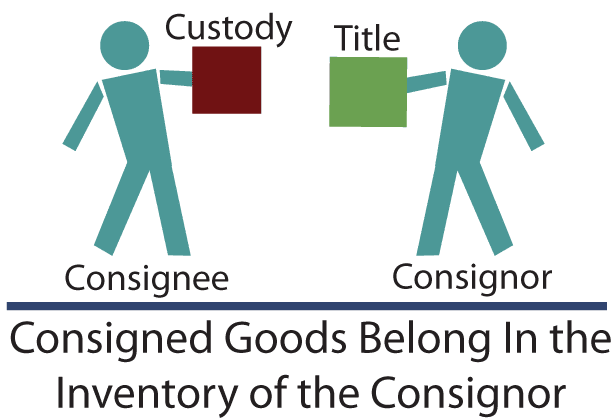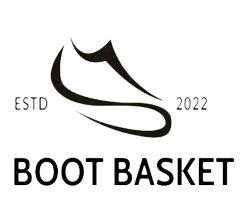In the shirt example, the two units cost a total of $120 ($50 plus $70) so the average is $60 ($120/2 units). It is not possible to use specific identification when inventory consists of a large number of similar, inexpensive items that cannot be easily differentiated. Consequently, a method of assigning costs to inventory items based on an assumed flow of goods can be adopted. Two such generally accepted methods, known as cost flow assumptions, are discussed next. In addition to the record keeping requirements (and
resulting costs) mentioned above, a major potential problem is the possibility of
“involuntary LIFO liquidation” of inventory. This may result from unexpected
high sales volume at the end of the accounting period.
- In the LIFO system, the weighted average system, and the perpetual system, each sale moves the weighted average, so it is a moving weighted average for each sale.
- This particular approach takes an average of the cost of items sold, leading to a mid-range COGs figure.
- The inventory cost flow assumption states that the cost of an inventory item changes from when it is acquired or built and when it is sold.
- FIFO is generally preferable in times of rising prices as the costs recorded are low, and income is higher.
These overstated profits are often referred to as inventory profits. However, in some sectors of the economy, such as electronics, prices have been falling. This is because, in today’s economy, rising prices are more common than falling prices. Our mission is to empower readers with the most factual and reliable financial information possible to help them make informed decisions for their individual needs. Finance Strategists is a leading financial literacy non-profit organization priding itself on providing accurate and reliable financial information to millions of readers each year. Buyers of such products are indifferent as to which specific item or lot they buy, and so the firm’s management is free to the specific lot(s) it desires.
What you’ll learn to do: Establish the cost of items in inventory
Each vehicle tends to be somewhat unique and can be tracked through identification numbers. Unfortunately, for many other types of inventory, no practical method exists for What are cost flow assumptions? determining the physical flow of merchandise. In filing income taxes with the United States government, a company must follow the regulations of the Internal Revenue Code1.
The average number of days in inventory and the inventory turnover both help decision makers know the length of time a company takes to sell its merchandise. Traditionally, a slowing down of sales is bad because inventory is more likely to be damaged, lost, or stolen. Companies that sell inventory choose a cost flow assumption such as FIFO, LIFO, or averaging.
LIFO
Two bathtubs were sold on September 9 but the identity of the specific costs to be transferred depends on the date on which the determination is made. A periodic system views the costs from the perspective of the end of the year, while perpetual does so immediately when a sale is made. Based on the application of FIFO, Mayberry reports gross profit from the sale of bathtubs during this year of $1,020 (revenue of $1,950 minus cost of goods sold of $930). In this illustration, the last four costs (starting at the end of the period and moving forward) are two units at $149 each and two units at $130 each for a total of $558. Only after that cost is assigned to ending inventory can cost of goods sold be calculated.

The weighted average cost assumption is popular in practice because it is easy to calculate. It is also suitable when inventory is held in common storage facilities — for example, when several crude oil shipments are stored in one large holding tank. To calculate a weighted average, the total cost of all purchases of a particular inventory type is divided by the number of units purchased. Companies use cost flow assumptions in valuing inventory because of the difficulty of monitoring the physical flow of inventory. In cases where companies experience variations in the prices they pay for the same item in inventory over the course of a year, it can be very difficult to tell the value of a product when you sell it. For accounting purposes, companies assume a flow of costs throughout inventory, an average cost that is spread out.
Average Cost Flow Assumption vs. FIFO vs. LIFO
A company can choose to use specific identification, first-in, first-out (FIFO), last-in, first-out (LIFO), or averaging. Each of these assumptions determines the cost moved from inventory to cost of goods sold to reflect the sale of merchandise in a different manner. The reported inventory balance as well as the expense on the income statement (and, hence, net income) are dependent on the cost flow assumption that is selected. Therefore, when companies have to adopt IFRS, the inventory balances and the related impact on shareholders’ equity will be restated as if FIFO or average costing had been used for all periods presented. Most companies keep their books on a FIFO or weighted average cost basis and then apply a LIFO adjustment, so the switch to an alternative method should not be a big issue in a mechanical sense.
What are the three major cost flow assumptions?
What are three major cost flow assumptions used by U.S. companies in valuing inventory? LIFO, FIFO, average cost.
Some companies prefer the conservatism of lifo, whereas others may feel that it is too conservative and opt for fifo. Others choose to use the average cost method, which provides a balance between fifo and lifo in terms of matching costs with sales revenue. In this article, the data for the Cerf Company shown below will be used to demonstrate the calculations that are needed to apply three cost flow assumptions and the specific identification method.
Then, this daily cost figure is divided into the average amount of inventory held during the period. The average can be based on beginning and ending totals, monthly balances, or other available figures. The gross profit percentage is also watched closely from one year to the next. For example, if this figure falls https://accounting-services.net/gain-contingency-accountingtools/ from 37 percent to 34 percent, analysts will be quite interested in the reason. Such changes have a cause and any individual studying the company needs to consider the possibilities. For some types of inventory, such as automobiles held by a car dealer, specific identification is relatively easy to apply.

Using the information from the previous example, the first four units purchased are assumed to be the first four units sold under FIFO. Sales still equal $40, so gross profit under FIFO is $30 ($40 – $10). The cost of the one remaining unit in ending inventory would be the cost of the fifth unit purchased ($5). Determining the cost of each unit of inventory, and thus the total cost of ending inventory on the balance sheet, can be challenging. We know from Chapter 5 that the cost of inventory can be affected by discounts, returns, transportation costs, and shrinkage. Additionally, the purchase cost of an inventory item can be different from one purchase to the next.



